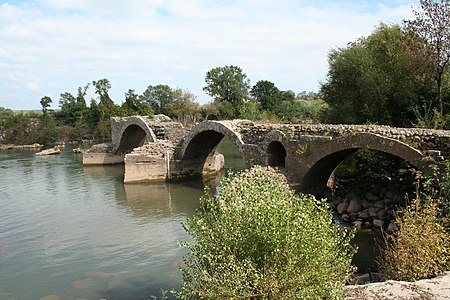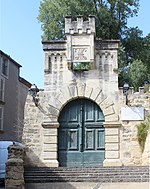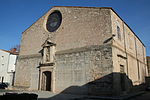Saint-Thibéry
Communes of HéraultPages with French IPA

Saint-Thibéry (French pronunciation: [sɛ̃ tibeʁi]; Occitan: Sant Tibèri) is a commune in the Hérault département in the Occitanie region in southern France. The village of Saint-Thibéry is built at the confluence of the Rivers Thongue and Hérault. The old Roman road "Via Domitia" runs through the village (Grand Rue) and some of the houses date back to the 15th century. Saint-Thibéry is situated between the larger towns of Agde and Pézenas and the cities Béziers and Montpellier and is a short distance to Mediterranean Sea. Over 4000 years old, this former Celtic village was once called "Cessero".
Excerpt from the Wikipedia article Saint-Thibéry (License: CC BY-SA 3.0, Authors, Images).Saint-Thibéry
Impasse des Fleurs, Béziers
Geographical coordinates (GPS) Address Nearby Places Show on map
Geographical coordinates (GPS)
| Latitude | Longitude |
|---|---|
| N 43.3978 ° | E 3.4175 ° |
Address
Impasse des Fleurs
Impasse des Fleurs
34630 Béziers
Occitania, France
Open on Google Maps






